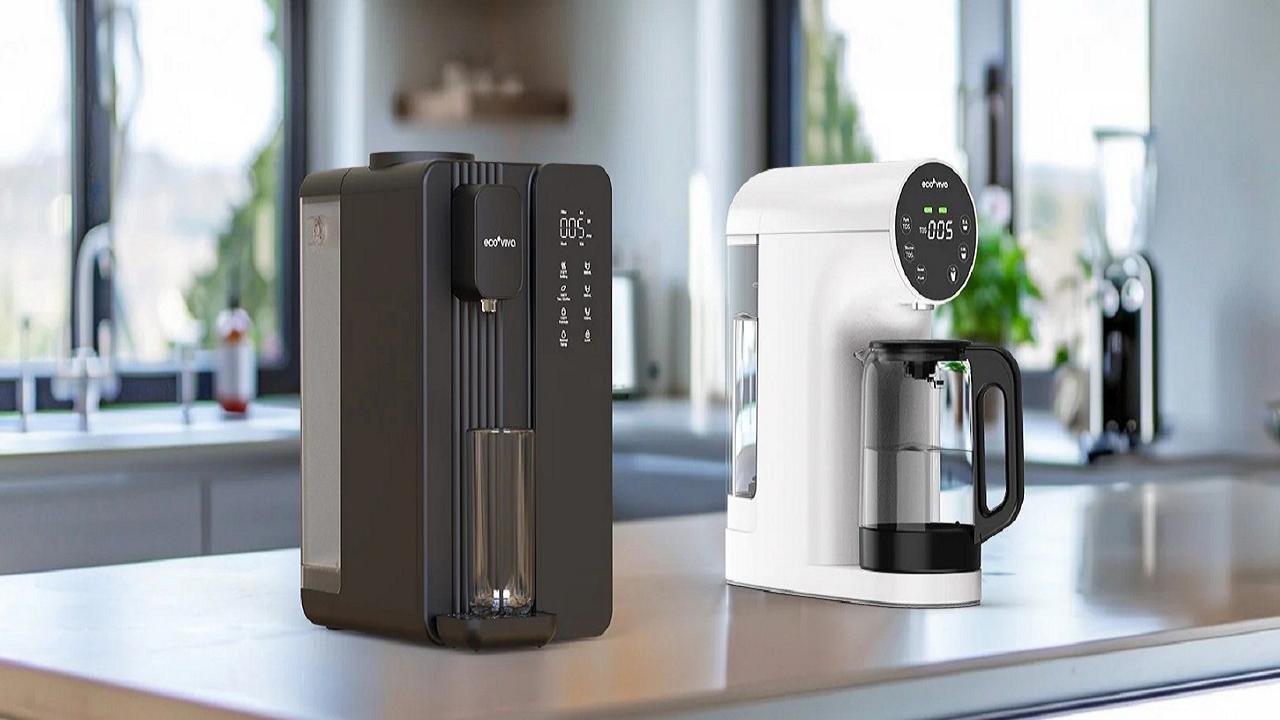A Reverse Osmosis Water Filter removes a group of contaminants from your water effectively. It preys on chlorine, salts, PFAS (Per- and polyfluoroalkyl substances), and dissolved solids like arsenic and fluoride. They use more than one filtration level, with sediment and carbon filters, to achieve complete contaminant removal. Carbon filters block chlorine, bad taste, and odors, while sediment filters confront dust and debris.
Impurities Removed by Reverse Osmosis
- Fluoride: Found in municipal water supplies often, fluoride is eliminated to save you from possible health risks.
- Salt: Helps improve taste and reduces sodium intake from water.
- Sediment: Removes debris like dust, and rust that can clog the system and reduce its performance.
- Chlorine: Eliminates chlorine, which can affect taste and odor and have dangerous consequences on health over time.
- Arsenic: Reduces arsenic levels, which is critical for preventing long-term fitness/health issues.
- VOCs (Volatile Organic Compounds): Removes compounds that can originate odors and health dangers.
- PFAS: Eliminates the harmful chemicals connected to numerous health/fitness conditions.
- Microplastics: Filters out small plastic particles, contributing to your health positively.
- Herbicides and Pesticides: Reduces exposure to agricultural chemical substances that can leach into water components.
- Heavy Metals: Filters out metals like lead and mercury, recognized for their poisonous effects.
RO systems handle a broad spectrum of contaminants but may not completely remove all bacteria and viruses. Municipal water is usually treated to be microbiologically safe, but if bacteria grow on the RO membrane, they might enter the water supply. For comprehensive protection, UV disinfection is suggested with RO filtration.
Importance of Pretreatment in Reverse Osmosis Systems
Proper pretreatment can considerably increase the lifespan of an RO membrane, specifically when subsisting with lower-quality water. Impurities like minerals, bacteria, and chemical compounds may result in a buildup at the membrane, which ultimately causes fouling and scaling. Membrane fouling occurs when contaminants gather, while membrane scaling is the grouping of inorganic deposits. Addressing these troubles before they harm the membrane is critical for maintaining performance and sturdiness.
Common Pretreatment Solutions
Following are the common pretreatment solutions applied in reverse osmosis:
Water Softeners
These systems use ion swapping to restore calcium and magnesium in hard water with sodium or potassium. This method prevents scale buildup, which can shorten the lifespan of an RO membrane. Using a water softener ensures smooth, quality water and prolongs the membrane’s lifespan.
Scale Inhibitors
Adding these chemicals to feed water will increase the solubility of inorganic compounds, reducing the hazard of scaling. They are specifically effective towards common salts like calcium carbonate and calcium sulfate and work throughout an extensive pH range. However, make certain that feed water has a low iron level, as iron can reduce the effectiveness of scale inhibitors.
Additional Applications for RO Filters
While reverse osmosis filters are majorly known for generating clean drinking water, they also offer benefits far beyond the kitchen:
- Improved Coffee and Tea: RO-filtered water complements the taste of coffee and tea by removing impurities that can affect the taste.
- Safer Ice Cubes: Avoid undesirable impurities within your ice cubes with the use of filtered water.
- Healthier Cooking: Use purified water for cooking meals to enhance flavor and potentially reduce exposure to toxins.
- Aquarium Maintenance: RO-filtered water is ideal for aquariums, creating a healthy surrounding for fish and plants by keeping down the presence of dangerous chemicals and minerals.
Preventing Biofouling and Scaling in RO Systems
Biofouling Prevention
Biofouling takes place when microorganisms build up on an RO membrane. This is less of an issue for city water, which is usually freed from microbiological contaminants. However, homeowners using well water ought to be extra vigilant. An effective technique to save you from biofouling is ultraviolet (UV) disinfection. UV systems shut off microorganisms by UV rays, halting microorganisms, viruses, parasites, and other garms from propagating.
Scaling Prevention
To prevent scaling, apply pretreatment solutions described above like water softeners and scale inhibitors. Water softeners restore the hardness minerals with sodium or potassium ions, stopping scale and increasing the RO membrane’s lifespan. Scale inhibitors, alternatively, are introduced to the feed water to avoid the precipitation of inorganic compounds, allowing the system to function more efficiently and, prolong the lifespan of the RO membrane.
Conclusion
While RO systems do produce some wastewater during the filtration process, advancements in technology have significantly reduced the waste ratio. On the other hand, the environmental benefits of RO filtration outweigh the wastewater generation. By reducing the need of bottled water and its plastic waste, RO systems contribute to a more sustainable future.
EcoViva Filters focuses on sustainability with features like a high water-to-waste ratio to minimize water wastage during filtration. They operate with energy efficiency, helping to reduce utility costs and environmental impact. Built with durability in mind, these filters require less frequent replacement, cutting down the waste.

